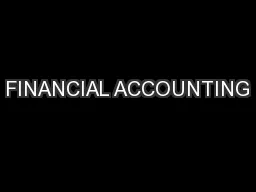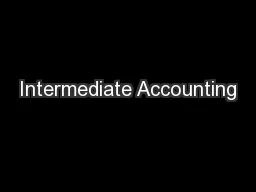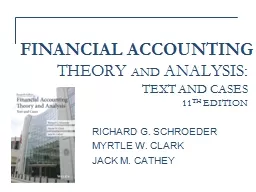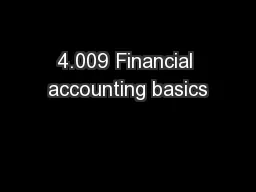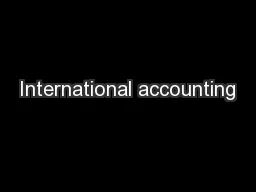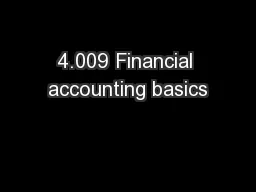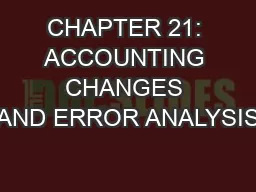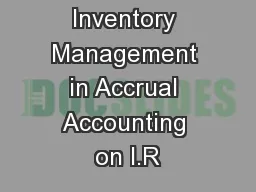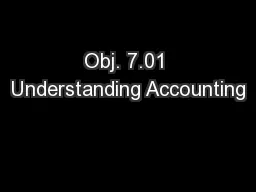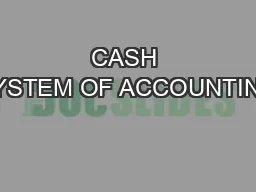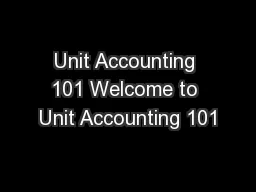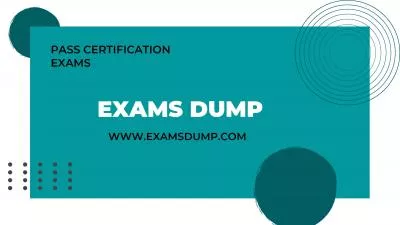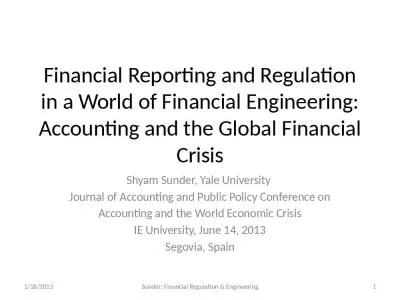PPT-FINANCIAL ACCOUNTING
Author : test | Published Date : 2016-06-27
RICHARD G SCHROEDER MYRTLE W CLARK JACK M CATHEY THEORY AND ANALYSIS TEXT AND CASES 11 TH EDITION CHAPTER 1 THE DEVELOPMENT OF ACCOUNTING THEORY Introduction
Presentation Embed Code
Download Presentation
Download Presentation The PPT/PDF document "FINANCIAL ACCOUNTING" is the property of its rightful owner. Permission is granted to download and print the materials on this website for personal, non-commercial use only, and to display it on your personal computer provided you do not modify the materials and that you retain all copyright notices contained in the materials. By downloading content from our website, you accept the terms of this agreement.
FINANCIAL ACCOUNTING: Transcript
Download Rules Of Document
"FINANCIAL ACCOUNTING"The content belongs to its owner. You may download and print it for personal use, without modification, and keep all copyright notices. By downloading, you agree to these terms.
Related Documents

